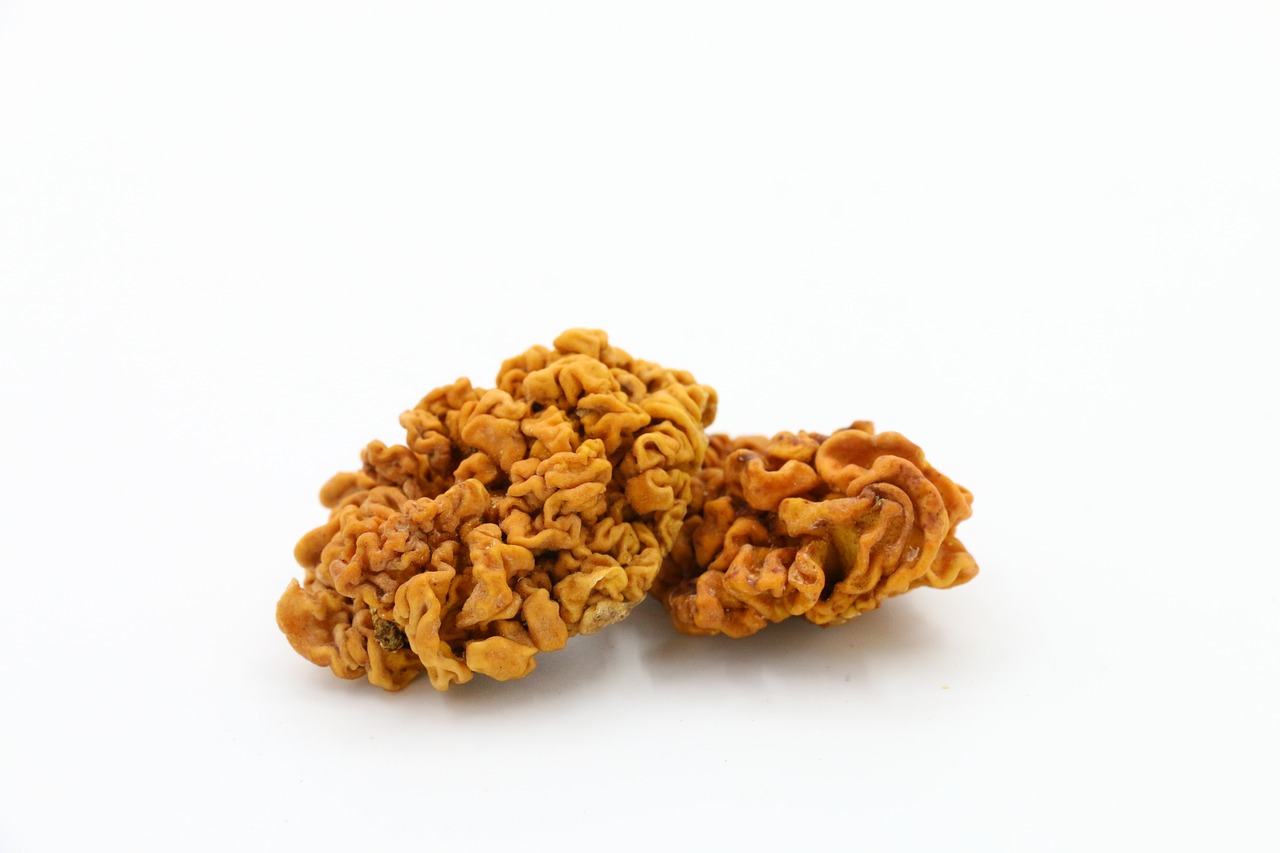The Role of Technology in Health Progress Evaluation and Adjustment
Regularly monitoring your health progress is crucial in ensuring that you are on the right track towards your wellness goals. By keeping a close eye on various health parameters such as blood pressure, cholesterol levels, and weight, you can detect any deviations early on and take necessary actions to address them promptly. This proactive approach can help prevent potential health complications and lead to a better quality of life.
Moreover, monitoring your health progress allows you to track the effectiveness of any lifestyle changes or medical interventions you may have implemented. Seeing tangible improvements in your health metrics can be highly motivating and reinforce your commitment to maintaining healthy habits. Additionally, by identifying patterns or trends in your health data over time, you and your healthcare provider can make informed decisions about adjusting treatment plans or exploring alternative strategies to optimize your health outcomes.
Utilizing Data Analysis for Evaluation
Data analysis plays a crucial role in evaluating the effectiveness of healthcare interventions and programs. By analyzing data, healthcare providers can identify trends, patterns, and outcomes that provide valuable insights into the impact of their efforts. This information allows for informed decision-making and adjustments to improve patient outcomes and optimize resources.
Moreover, data analysis enables healthcare facilities to track and measure key performance indicators over time. By closely monitoring these metrics, organizations can assess the success of their initiatives and make evidence-based decisions to drive continuous improvement. This data-driven approach not only enhances the quality of care but also enhances efficiency and transparency within the healthcare system.
Implementing Remote Monitoring Technologies
Remote monitoring technologies have revolutionized the way healthcare providers track and manage patient health outside of traditional clinical settings. By utilizing devices that can remotely collect and transmit health data, healthcare professionals can gain real-time insights into a patient’s condition and intervene promptly when necessary. This proactive approach not only improves patient outcomes but also reduces the likelihood of emergency hospital visits.
Furthermore, remote monitoring technologies enhance the patient experience by offering convenience and peace of mind. Patients can actively participate in their own healthcare by regularly monitoring vital signs and symptoms from the comfort of their homes. This increased autonomy fosters a sense of empowerment and engagement in managing their health, leading to better compliance with treatment plans and overall satisfaction with the care received.
• Remote monitoring technologies allow healthcare providers to track and manage patient health outside of clinical settings
• Real-time insights into a patient’s condition enable prompt intervention when necessary
• Reduces the likelihood of emergency hospital visits
• Enhances the patient experience by offering convenience and peace of mind
• Patients can actively participate in their own healthcare by monitoring vital signs from home
• Increased autonomy fosters empowerment and engagement in managing health
• Better compliance with treatment plans and overall satisfaction with care received.
What are the benefits of remote monitoring technologies in healthcare?
Remote monitoring technologies can provide real-time data on a patient’s health status, allow for early detection of potential health issues, reduce the need for frequent in-person visits, and improve patient outcomes.
How can remote monitoring technologies help in evaluating health progress?
Remote monitoring technologies can track key health metrics over time, providing healthcare professionals with valuable data to evaluate the effectiveness of treatment plans and make informed decisions about patient care.
What are some examples of remote monitoring technologies?
Examples of remote monitoring technologies include wearable devices like fitness trackers and smartwatches, mobile health apps, telehealth platforms, and remote patient monitoring systems.
How can data analysis be used in conjunction with remote monitoring technologies?
Data analysis can help healthcare providers identify patterns and trends in a patient’s health data, allowing for more personalized and targeted care. It can also help in predicting and preventing potential health complications.
Is it safe to use remote monitoring technologies for healthcare purposes?
Remote monitoring technologies are designed to comply with strict security and privacy regulations to ensure the confidentiality and safety of patient data. It is important to choose reputable and secure platforms for remote monitoring.







